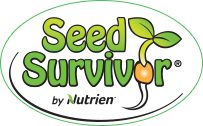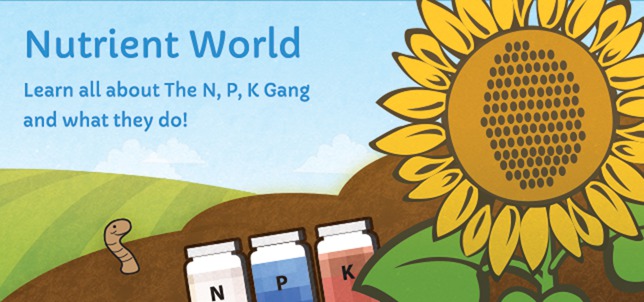
Nutrient World
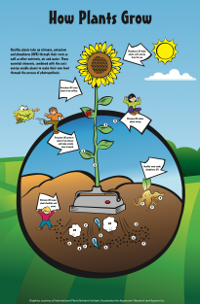
As a seed grows it sucks the nutrients and water from the soil like a vacuum.
When the plant is harvested (cut down) it takes the nutrients with it. Plain and simple, we need to give back what the plant has used — and that’s where fertilizers and organics come in. We need to put nutrients back in the soil for new plants to grow.
Nitrogen (N), Phosphorus (P) and Potassium (K) are the main nutrients.
What does each nutrient do?
Nitrogen (N) is often called the Builder. It helps plants stay green by building strong stems and healthy green leaves. Nitrogen helps the plants we eat become good for us by adding proteins we need to grow and be strong.
Phosphorus (P) is referred to as the Enforcer. It helps the plant trap and use the sun’s energy to make food (photosynthesis). Plants also need P to grow healthy root systems.
Potassium (K) is often called the Protector. Potassium protects our plants against diseases and helps them stay healthy when it is cold or dry. It also helps plants move nutrients and water in the plant to where it’s needed most.
Plants need nutrients to grow healthy and strong and they suck them from the soil like a vacuum. When the plant is harvested it takes the nutrients with it. We need to put nutrients back in the soil for new plants.
Where do nutrients come from?

Fertilizer
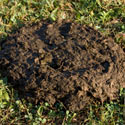
Manures
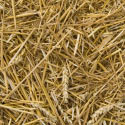
Organic sources
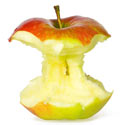
Compost
Manures are from livestock droppings, organic sources are from fallen leaves and dry materials and composting sources are decomposing foods.
The common question is where does Fertilizer come from? Like the other sources of nutrients, it comes from NATURE!
Nitrogen = Air
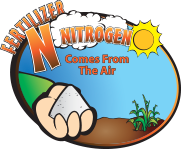
Nitrogen is the world’s most common fertilizer and the nutrient that makes up 16% of the protein in our bodies — comes from the air; 78% of the air we breathe is nitrogen.
Now, you may wonder … if so much nitrogen is in the air, why do we need to produce nitrogen fertilizers? Well, the funny thing about nitrogen is that while it surrounds everything, it’s not in a form that most crops can use.
Only legumes — like soybeans and alfalfa — can draw nitrogen directly from the air. Other crops need to have nitrogen delivered in a “digestible” form.
That’s where conventional fertilizers come in. Fertilizer companies take nitrogen from the air, and mix it with natural gas to form the base of all nitrogen fertilizers.
Phosphate = Ancient Sea Life
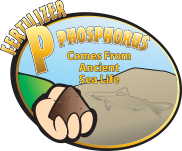
Phosphate is nothing more than fossilized sea creatures mined from deposits in the Earth. We could call it “fish fossils.”
Do you know what one of the most common “byproducts” is during the phosphate mining process? Shark teeth.
Potash = Evaporated Oceans
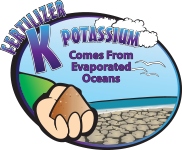
Potash, the same mineral we get from bananas, is an edible salt mined from evaporated oceans.
And Potash really doesn’t change a heck of a lot from the time it’s mined from 3,000 feet below the face of the Earth. You heard me: 3,000 feet deep. That’s over half a mile!
So instead of “making” potash, it’s actually pulled out of the ground, washed and resized into granules that farmers spread on their fields.
Learn More
For curriculum based resources, community gardens, lesson plans and information please go to:
Canada Nutrients for Life
USA Nutrients for Life

